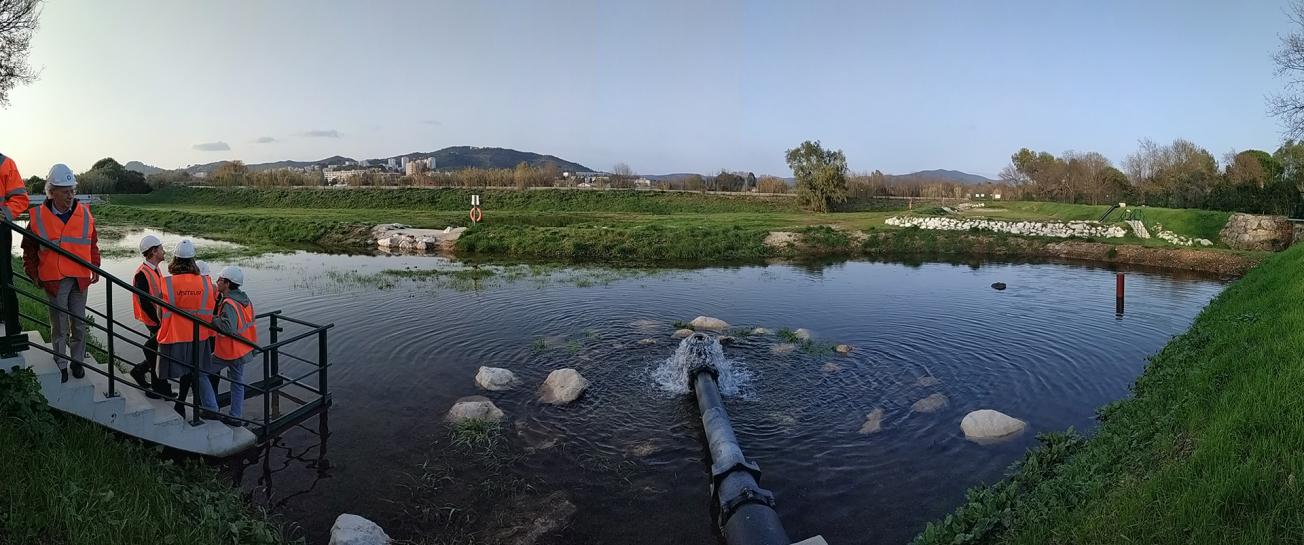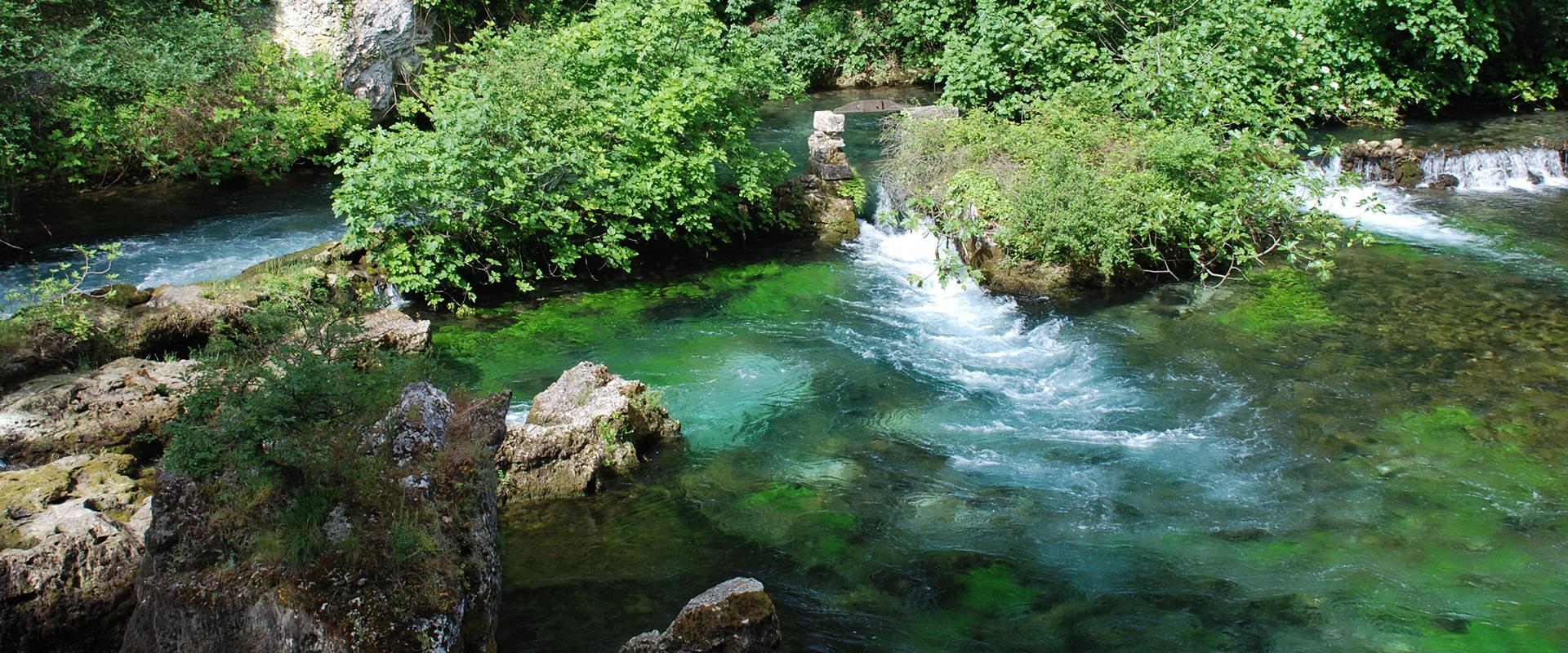
“Aquarenova”, developed by Suez in Hyères (83): a recharge system of the Gapeau coastal aquifer using river water.
© Géraldine Picot-Colbeaux
In France, groundwater is increasingly being used for drinking water, for agriculture, industry and recreation, to the extent that several départements have to face a critical situation in summer and Prefects have to impose restrictions on water use (in August 2020, 73 départements were concerned).
Will we run out of water tomorrow?
Painful experiences around the world show how quickly rural areas or large capitals can come close to depleting their water resources: the city of Cape Town narrowly avoided disaster in 2018 when its reservoirs, after three years of drought, had fallen to 11% of their capacity. The return of the rains and careful management of consumption enabled the South African legislative capital to overcome the crisis in 2020.
How can we avoid depending entirely on rainfall?
There are options for maintaining the delicate balance between our needs and a variable natural supply in a context of climate change. “Integrated water resource management” aims to maintain groundwater levels and river flows while also combating flooding and saltwater intrusion of water resources in coastal areas.
These solutions include the controlled recharging of aquifers.
Controlled recharging of aquifers
The concept of controlled aquifer recharge is based on the temporary storage of excess water from various sources, in aquifers, for later use.
The term covers methods aimed at maintaining, improving and protecting groundwater resources that are subject to quantitative and qualitative pressures.
In terms of quality, they can slow down or prevent saltwater intrusion or take advantage of natural purification processes in the ground, riverbanks and the aquifer itself. In terms of quantity, these practices restore the equilibrium of over-exploited aquifers and preserve wetlands.







